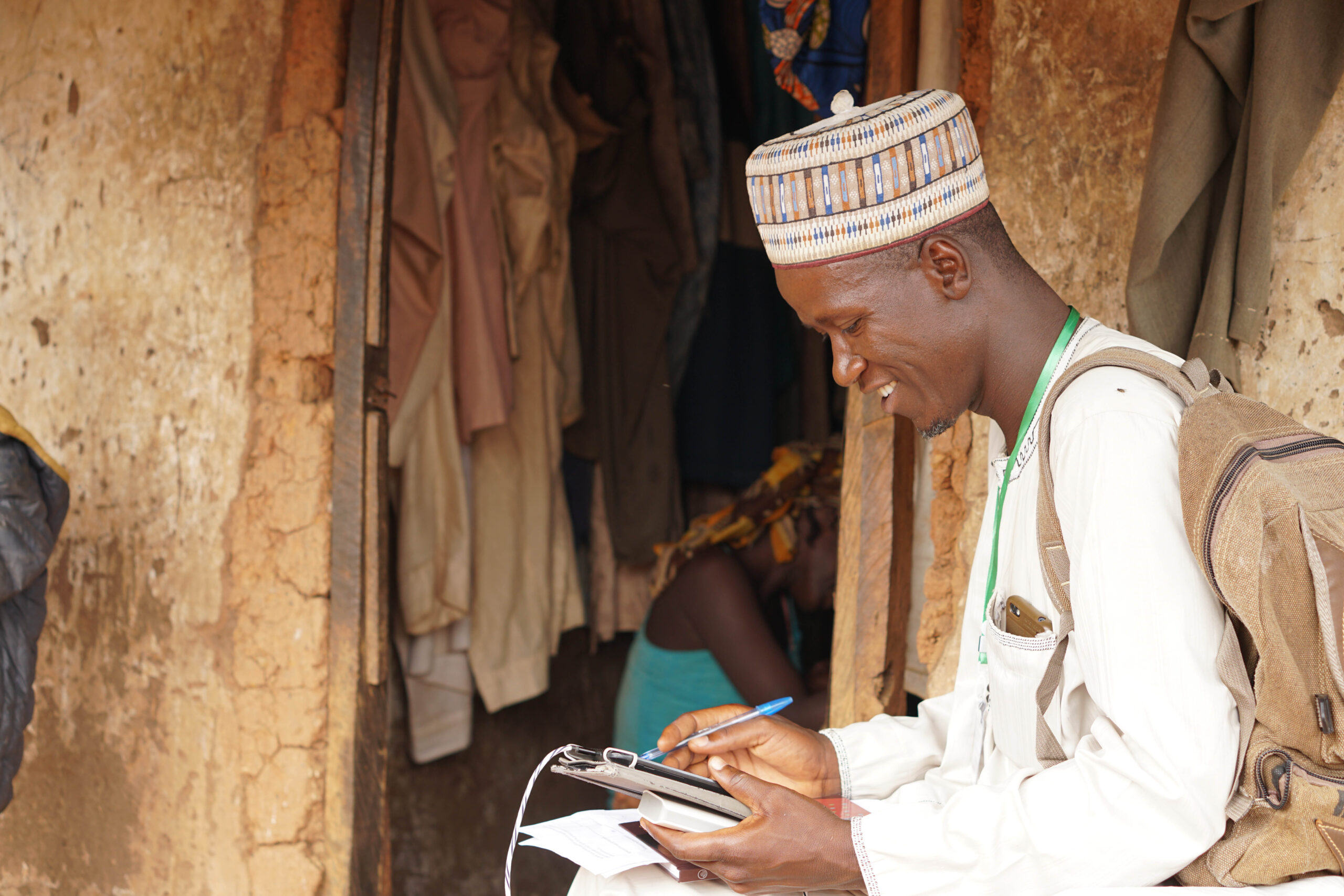Data on the quality of facility-based care received by mothers and newborns is often lacking. We were interested in the validity of data sources for quality of care measures, the definitions used for quality indicators, and the methods and indicators needed for respectful maternity care.
The rich sources of data generated for tracking progress in Gombe enabled the IDEAS team to carry out research on improved measurement of priority indicators, particularly around effective coverage measurement and respectful maternity care.
Measuring effective coverage for maternal and newborn health

Our research aimed to improve the measurement of priority indicators for maternal and newborn health, including quality of care measures. A number of problems needed to be addressed: (i) generating greater clarity around what it was possible to measure, and how; (ii) understanding which data should be used to drive decisions; (iii) developing methods for linking household data on access to care with facility data on quality of care; and (iv) creating actionable effective coverage measures for facility-based childbirth care.
Improving measurement for respectful maternity care

We aimed to study positive and negative facility childbirth experiences and to determine best practices for measuring respectful maternity care. In Gombe State, Nigeria, we did research to understand 1) mistreatment during facility childbirth, 2) the utility women placed on attributes of childbirth care experiences, 3) the validity of measures of childbirth care experiences derived from exit interviews, 4) the validity and acceptability of capturing childbirth care experiences though telephone interviews, 5) the feasibility and acceptability of primary healthcare provider-led phone follow-up with mothers shortly after childbirth.
All Improving Measurement related outputs can be found under Resources by selecting that theme from Research Areas